Discover a professional 3D printing powder supplier
Aluminum-based 3D Printing Powder
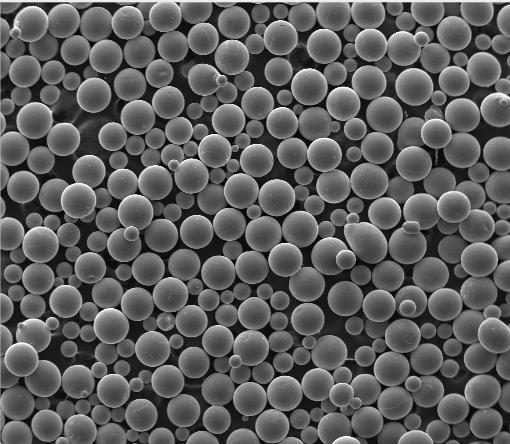
OEM Customer CNC Machining Service 5 Axis aluminum high precision parts CNC milling turning parts
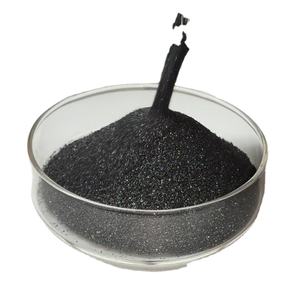
Providing High Quality Stainless Steel Sus316 Metal Casting Custom Powder Additive Manufacturing Laser 3D Printing Service
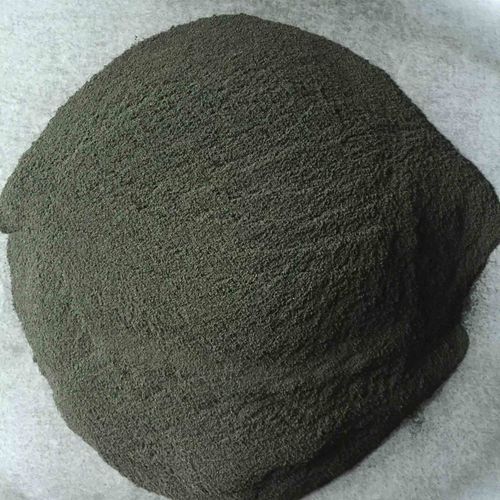
Custom Factory 3d Printing Services Aluminum CNC Machining Services CNC Machining Parts
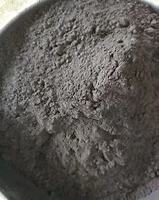
Custom 3D Drawings Service 3D Print Service Metal CNC Machining Turning
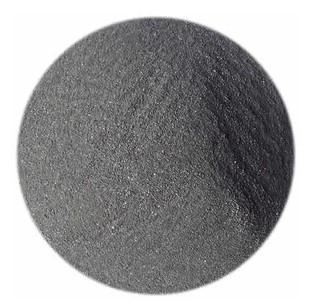
Micro Printed Design Prototype Part Custom Industrial FDM SLS SLM Metal 3D Printing Service
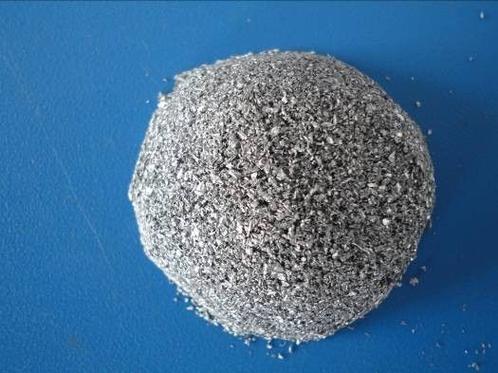
OEM SLA 3D printing Stainless Steel printed prototype services /3D printer Metal powder laser printing
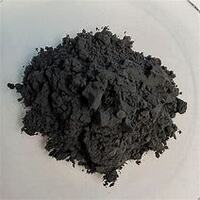
Powder Service Nylon Kit Nut Nickel Alloy Steel Resin Laser Metal in Plastic Oem Prototype Fdm Plastic Art Work 3d Printing R001
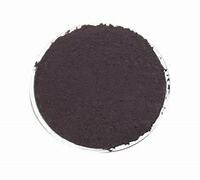
Hot TWO TREES 3d printing SP-5 Aluminum DIY print with Resume Print model large size filament Extruder 3d printer
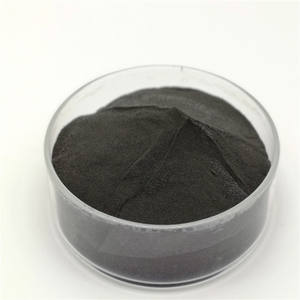
CNC Machining services 3D Printing CNC Manufacturing plastics metals Anodized metal parts
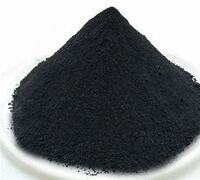
High Precision CNC Machining/Machined Aluminum/Steel/Copper/Brass Parts
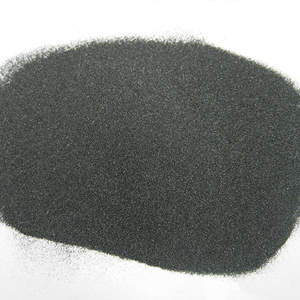
OEM 3D Model Double Envelope Worm Gear Speed Reducer with CNC Machined Brass Pinion Gears Stainless Metal for Car Applications
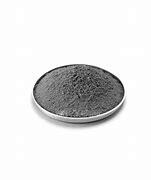
Custom Colorful 3D Printed Car Model Collectible High-Quality Resin ABS Material FDM SLA 3D Printing Service
Introduction to aluminum-based 3D printing powder
Aluminum-based 3D printing powder is a metal powder material used for additive manufacturing (such as SLM, SLS and other processes), the main components of which are aluminum and its alloys (such as AlSi10Mg, Al6061, etc.). It has lightweight, high strength and good thermal conductivity, and is widely used in aerospace, automotive and electronics fields.
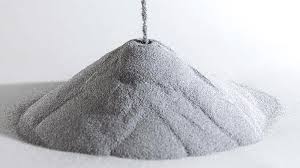
Characteristics of aluminum-based 3D printing powder
Lightweight: low density, suitable for weight reduction design.
High strength: some alloys have excellent mechanical properties after heat treatment.
Corrosion resistance: an oxide film can be formed on the surface, which is resistant to environmental corrosion.
Thermal conductivity and electrical conductivity: suitable for heat dissipation components or electronic devices.
Easy processing: good fluidity, suitable for high-precision printing.
Specifications of aluminum-based 3D printing powder
| Parameter | Value |
|---|---|
| Material | AlSi10Mg, Al6061, etc. |
| Particle Size | 15-45 μm (D50) |
| Density | ~2.7 g/cm³ |
| Melting Point | 550-660°C (varies by alloy) |
| Oxygen Content | <0.1% |
| Flowability | ≤25 s/50g (Hall Flowmeter) |
| Sintering Method | SLM, EBM, Binder Jetting |
Application of aluminum-based 3D printing powder
Aerospace: lightweight structural parts, brackets, etc.
Automotive industry: engine parts, radiators.
Electronic equipment: heat dissipation modules, housings.
Mold manufacturing: conformal cooling molds.
Medical: customized equipment (requires biocompatibility treatment).
Company Profile
3D Printing Passion is a trusted global chemical material supplier & manufacturer with over 12-year-experience in providing super high-quality 3D printing powder and relative products.The company has a professional technical department and Quality Supervision Department, a well-equipped laboratory, and equipped with advanced testing equipment and after-sales customer service center.If you are looking for high-quality 3D printing materials and relative products, please feel free to contact us or click on the needed products to send an inquiry.
Payment Methods
L/C, T/T, Western Union, Paypal, Credit Card etc.
Shipment
It could be shipped by sea, by air, or by reveal ASAP as soon as repayment receipt.
5 FAQs about aluminum-based 3D printing powder
Q: Which 3D printing technologies are aluminum-based powder suitable for?
A: It is mainly suitable for SLM (selective laser melting), EBM (electron beam melting) and binder jetting technology.
Q: Does aluminum powder need heat treatment after printing?
A: Some alloys (such as AlSi10Mg) can improve mechanical properties through heat treatment, but it is not necessary.
Q: Storage conditions of aluminum-based powder?
A: It needs to be moisture-proof and sealed to avoid oxidation and contamination.
Q: What is the surface roughness of the printed part?
A: Usually Ra 10-20μm, which can be improved by polishing or machining.
Q: What are the advantages compared with other metal powders?
A: It is lighter, cheaper than titanium powder, and has a better printing speed than steel powder.
